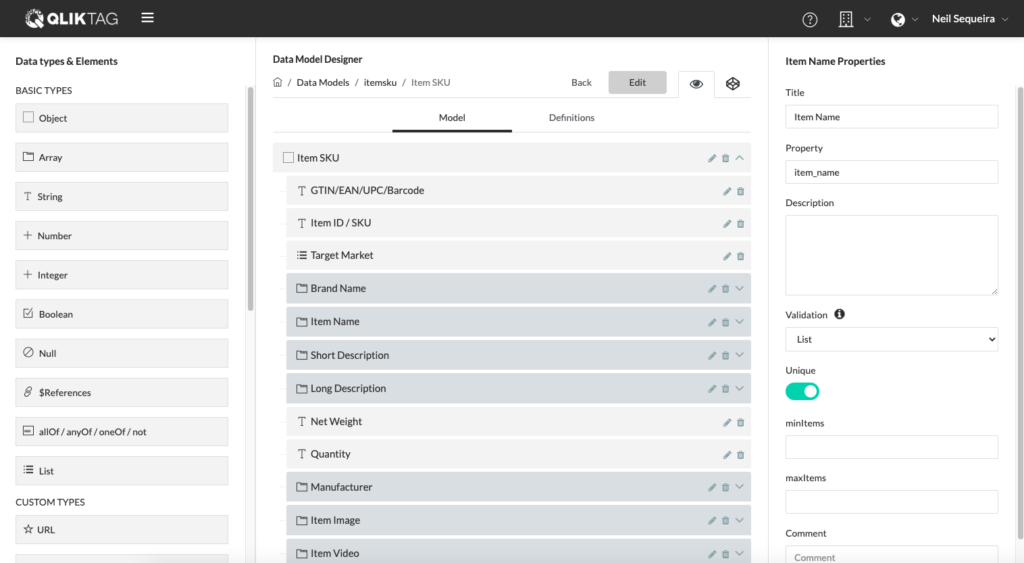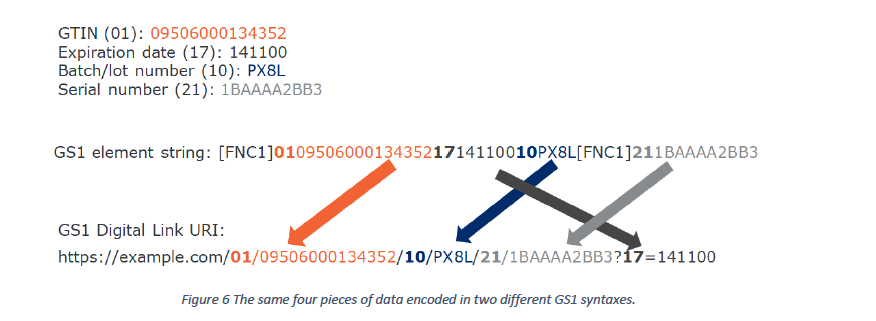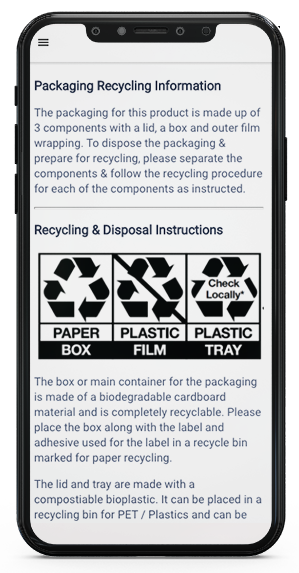
The EU Green Deal and the Circular Economy Action Plan (CEAP) have gathered considerable momentum in the first quarter of 2022 with ambitious goals to head towards carbon neutrality across the region by 2050. As part of this critical mission, the Sustainable Product Regulation was announced by the European Commission and has been followed up with significant discussions, participation by manufacturers, brands, regulators and stakeholders with meetings in Brussels and across the block. A key enabler in this initiative was to make important product data about the product available along with the product or packaging throughout the supply chain and all stakeholders such as consumers but also in machine consumable formats for various systems in the chain in order to better understand what the products are made of, materials or substances used, the environmental impact of these components, recyclability data and more so consumers and stakeholders within the supply chain have better accessibility to information to act on.
The EU Digital Product Passport is essentially a product passport or digital twin which is held by each instance of a physical product and carries data specific to that product / instance and can be updated along the journey. Global business standards organisation GS1, has published the EU Digital Product Passport Architecture Standard document which details the standards for the EU Digital Product Passport including the information to be included as part of the data, the interoperability requirements, the layout and how this can be made accessible on the product as well as online points of sale.
For those looking to get started with implementing a system within their organization to deploy the EU Digital Product Passport and have been through the core standards specified within the GS1 architecture standards document, the Qliktag Platform offers an ideal starting point and foundation to configure, build and scale your solution. The platform having been architected to address exactly these kind of initiatives such as the EU Digital Product Passport, has all the starting blocks, tools, features and technical components to deploy a robust digital product passport system.
To understand how the Qliktag Platform is perfectly aligned with the requirements of the EU Digital Passport Architecture standards, let’s take a look at some of the key recommendations and guidelines outlined by the GS1 document and the features or tools within the Qliktag Platform that address these and enable the product passport system:
A Global Identification System & Persistence of Identity
This refers to the requirements around having an identifier for the product and its components which adhere to the GS1 global standards on identification and also having the identifiers physically on the product (not just the packaging) so it continues to be accessible through its lifecycle long after it has been separated from it’s packaging. There is also a need to be able to identify a product at the GTIN / SKU level, the Batch / LOT level and Serial Number level as specified by the identification standards. The Qliktag Platform enables custom creation of Entities like this along with their associations, dependencies to create these hierarchies while being able to set primary identifiers like GTIN, LOT Number, Serial Number and attach individual data models to them. By maintaining an internal identifier or the “Qliktag” internally, within the system, any identifier on the product whether a barcode, datamatrix, QR code, NFC tag, RFID label etc. can be used on the product and tied back to the digital entity within the platform.

Data Models to Capture Product Specific Data
The document goes on to detail the requirements around data requirements and elaborates the GS1 EPCIS data model for traceability for how data about a specific product can be updated as it moves through the complex supply chains of today. The Qliktag Platform offers a full featured data model designer to visually create JSON schema data models using a drag and drop UI which can also be used to import GS1 data models like the EPCIS data mode, manage versioning and updates of the data models as the digital product passport initiative evolves and allows you to include your own attributes for substances used in the product, components used, substances of concern, recyclability instructions and more. This ensures the system you configure not just accommodates all the requirements for the product passport today, but future proofs your system and is flexible enough to incorporate the requirements of the standards and data model in the future too.

GS1 Digital Link URI Standard
Among the most important components of the solution highlighted by the document is the GS1 Digital Link URI Standard which is poised to replace the standard GS1 1D barcode and become the global standard in product identification for the digital age. The Qliktag Platform comes with a full feature configuration tool and resolves for GS1 Digital Link built into the platform so URL links using the GS1 Digital Link syntax are automatically created for every individual item / digital product passport within the platform and can easily be bulk exported and sent to label printers or product teams to add the identifier to the product.

The Digital Product Passport Experience
Finally, the data within the product passport for a specific product needs to be made visually accessible as well as machine readable if scanned by stakeholders or systems. Both these requirements are easily enabled using the Qliktag Platform. For machine readability on using the GS1 Digital Link to access the product passport data, it can be served in JSON format while the key identifiers are available within the URL. To create a visual interaction or product passport which can be accessed by a stakeholder on a smartphone or mobile device by scanning or interacting with the product, the Visual Interaction Designer offers all the tools required to design a visual template for the EU Digital Product Passport and apply it across all the products within the system instantly generating digital links through which the product passport can be invoked via the phone browser on scanning.

Effectively, an end to end EU Digital Product Passport system can easily be setup and scaled with an account on the Qliktag Platform using readily available features and configuration tools while tailoring the requirements to the specific requirements of an organization and it’s stakeholders.
If you’re looking to get started with the EU Digital Product Passport initiative, register for a free account,explore the platform and setup your own pilot. Or, request a demo of the platform and reach out to us so we can understand your specific requirements and help you build your pilot.




